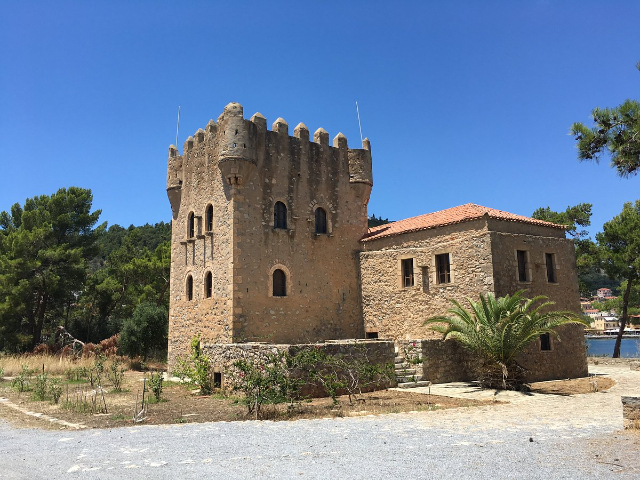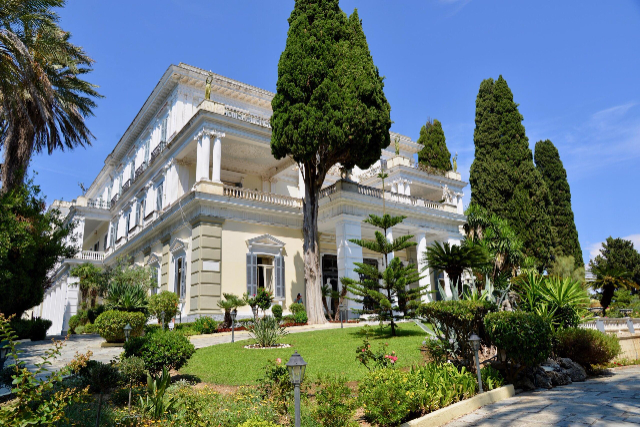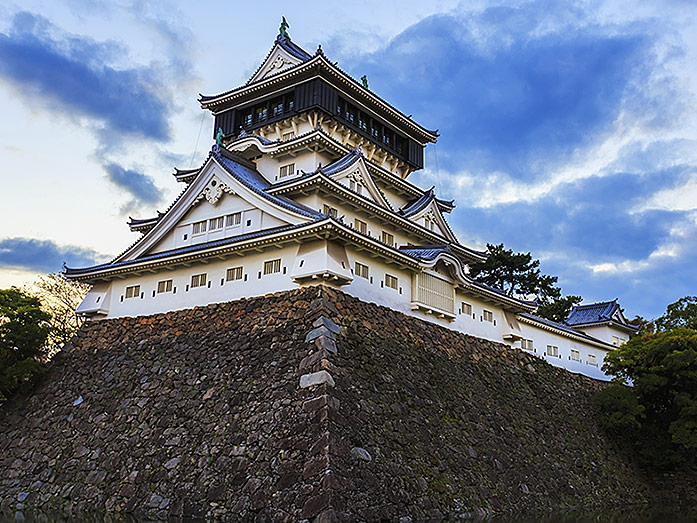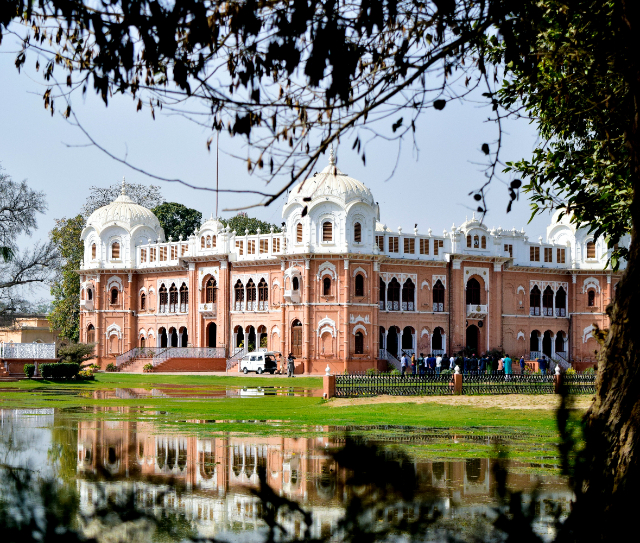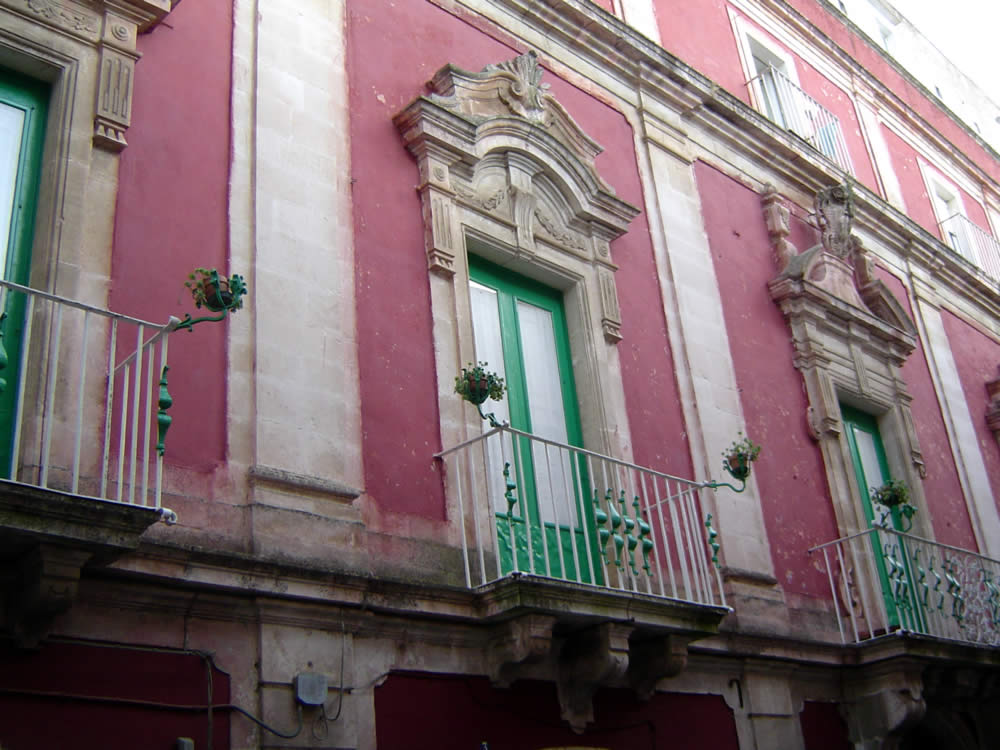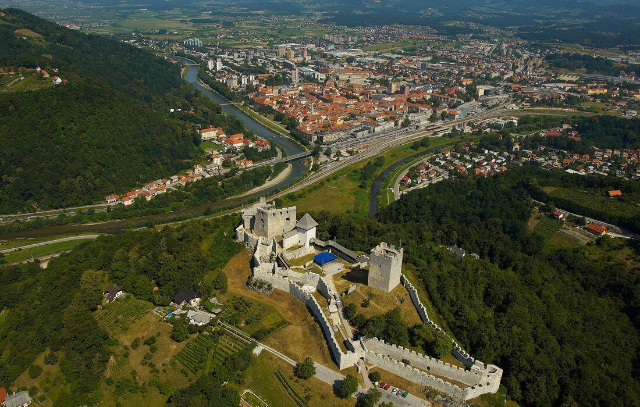Nestled in the heart of Kranae islet, the Tower of Tzanetakis stands as an imposing emblem of the unique architectural tradition of Mani. Made from local stone and exhibiting the Maniot penchant for fortress-like structures, the tower not only adds a sense of antiquity to the islet but also tells a story of a time when such towers were essential for defense and surveillance.
The Maniot towers, of which Tzanetakis is a prime example, were built to serve multiple purposes—homes, strongholds, and lookouts, often for feuding clans. These edifices reflect the region’s turbulent history and the Maniot people’s tenacity and love for independence. Over the years, the tower has been incredibly well-preserved, making it not just an important cultural relic but also an architectural marvel worth studying and admiring.
Today, the Tower of Tzanetakis is more than just an old structure; it is a vibrant part of Kranae islet’s cultural landscape. Housed within its sturdy walls is a museum, where visitors can delve deeper into the rich history of the Mani region, exploring artifacts that range from Byzantine icons to historical documents. The exhibition provides an immersive journey through time, offering insights into the lives of the people who once called these towers home.
Just like the historical lighthouse of Gythio, the Tower of Tzanetakis offers stunning panoramic views, especially from its upper floors. Gazing out over the tranquil Laconian Gulf, one can almost hear the whisper of history in the wind—a confluence of ancient myths, maritime tales, and the indomitable spirit of the Maniots.
Whether you’re a history buff, an architecture enthusiast, or simply a traveler keen on exploring unique and captivating places, the Tower of Tzanetakis is an indispensable stop on any visit to Gythio and its surrounds. It stands as a testimony to the resilience and intricate culture of the Mani Peninsula, and its compelling story is one that continues to captivate those who cross its threshold.
